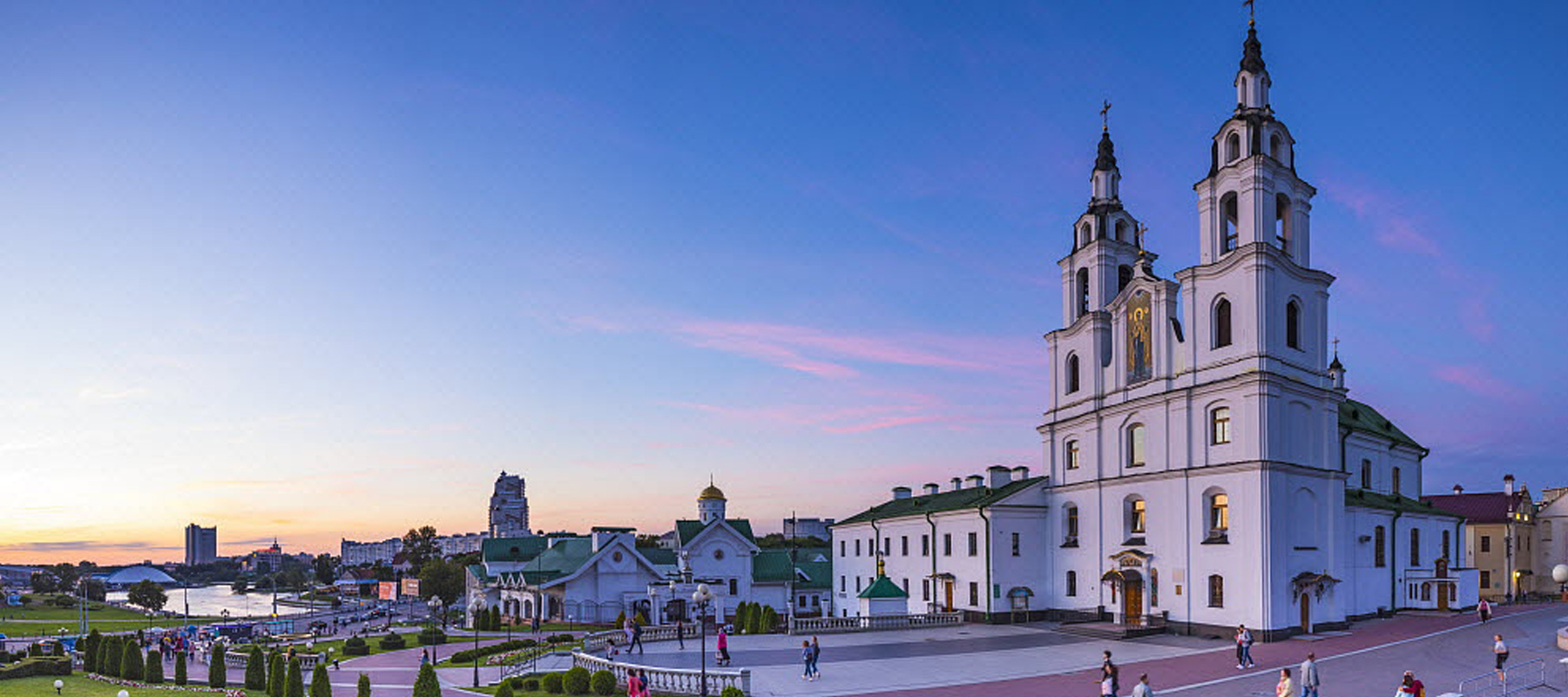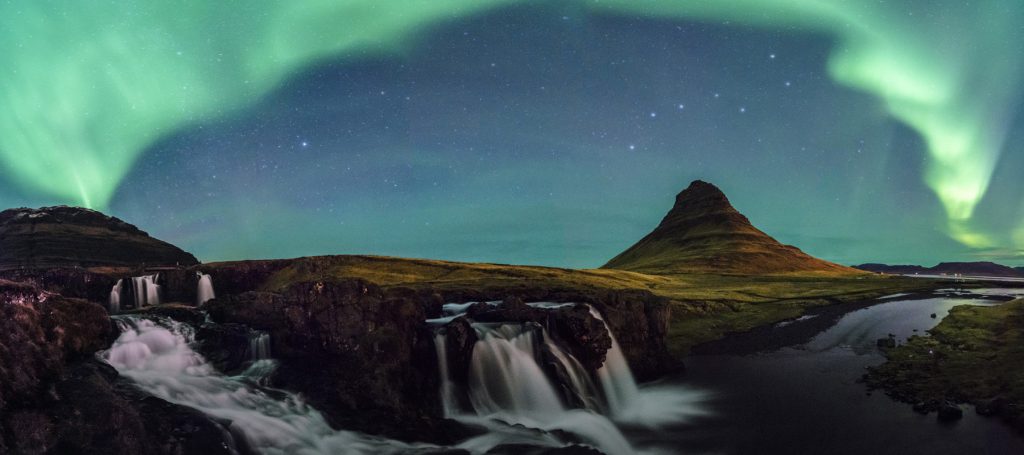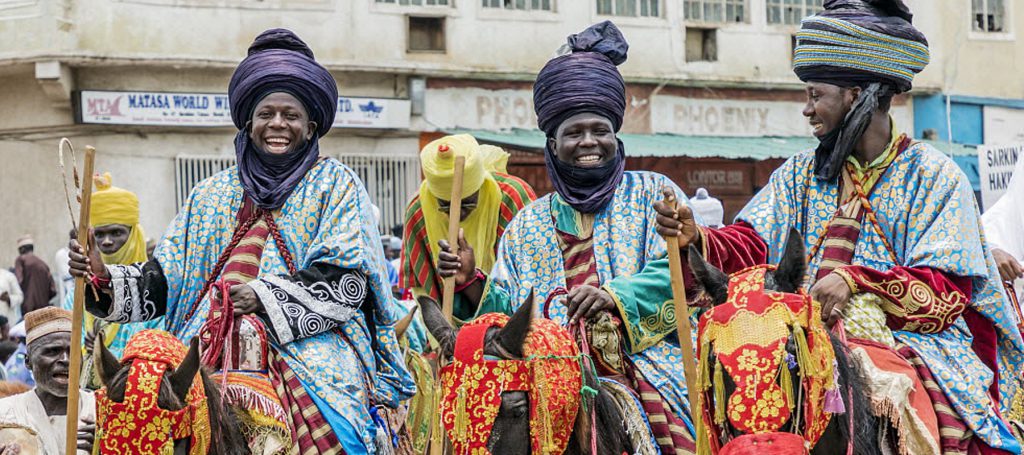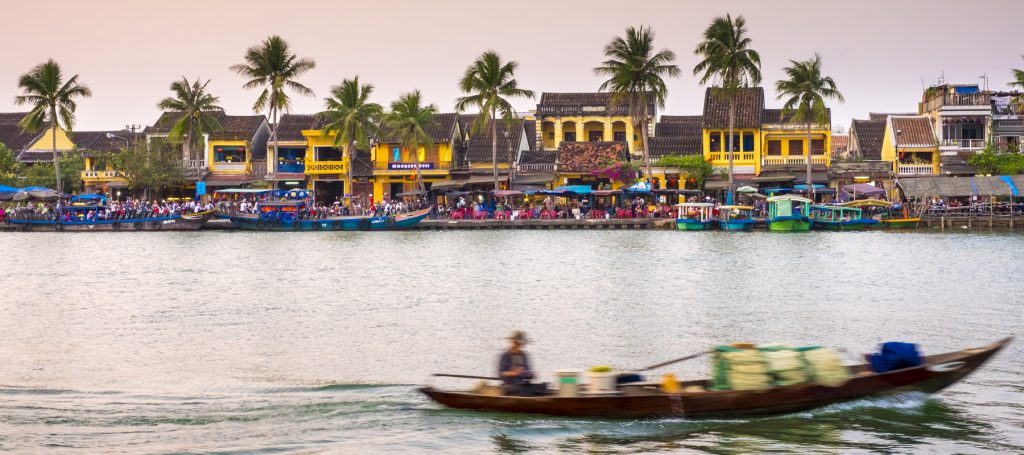It’s possibly the least visited and least known country in Europe – many people have not even heard of this country or think it’s just a province of it’s much larger neighbour, and most cannot place it on a map. Yet it’s 60% bigger than England and just a few hours flight away, a landlocked country which, according to some calculations, is the geographic centre of Europe. I am talking about Belarus! And I’m visiting it’s capital Minsk.
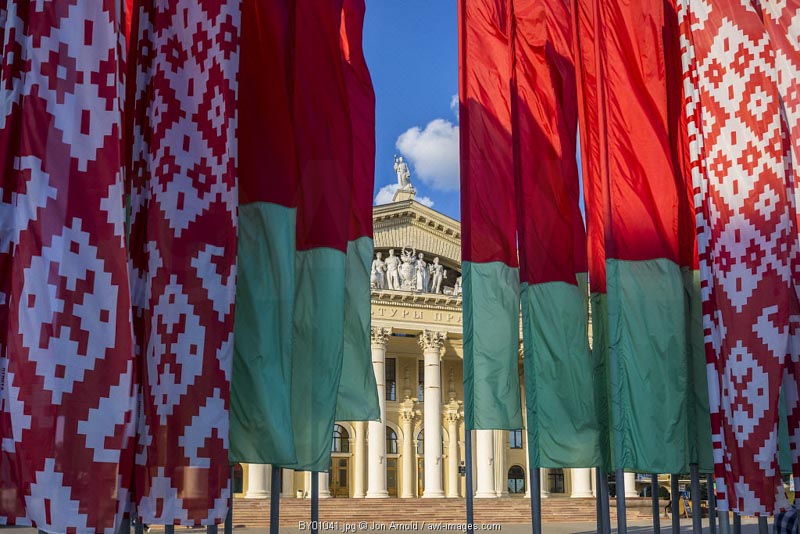
Until recently the main reason so few tourists visited Belarus, apart from it’s obscurity, was the difficulty and expense in getting a visa to travel there and the perception that the country was somewhat hostile to tourists, but since the beginning of 2017 tourists from across Europe and many other parts of the world can stay here visa-free for 5 days (currently only available when flying in and out of Minsk, or crossing via the border with Poland). Minsk now has a range of western hotels like the Marriott and Hilton, good restaurants are plentiful and it’s one of the cleanest, safest and least congested city I’ve ever experienced in my 26 years of travelling.
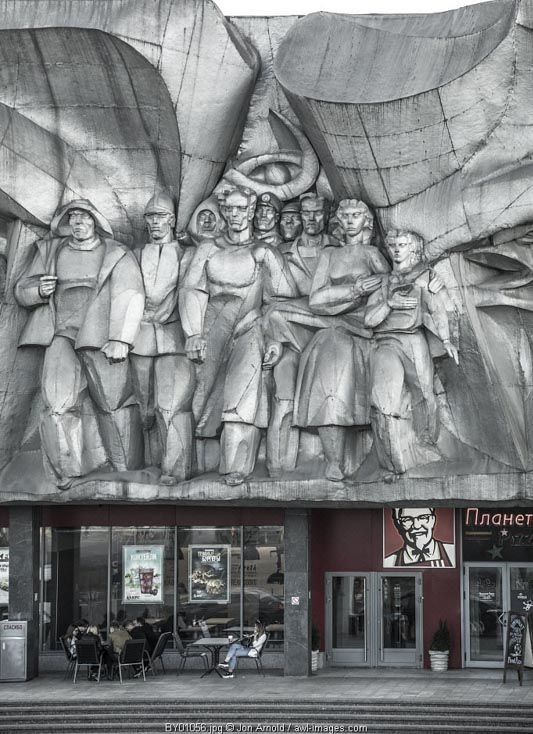
Having grown up close to the US Air Force bases of Suffolk in the 70s during the Cold War I was always fascinated by what lurked east of the Iron Curtain. As Russia opened up in the 90’s Belarus remained firmly in it’s Soviet past, and has been coined ‘The last dictatorship of Europe’. It was a place I’d always pondered as I looked at the world map above the dining room table. Despite the fact that Minsk is now ‘open’ to tourism and is tentatively forward looking, it’s Soviet past is very much to be seen – in fact the city, having been almost entirely destroyed by the Nazi invasion of Russia during 1941-1945 (known locally as the Great Patriotic War), was entirely rebuilt under a Soviet masterplan overseen by Stalin. It’s the most complete Soviet designed city you can find. Giant soviet era propaganda murals can be seen on the sides of apartment buildings, the main square still houses a Lenin statue (one of the few left standing in public) and there’s still a KGB which, unlike in Russia, has not been renamed and restyled as an FSB.
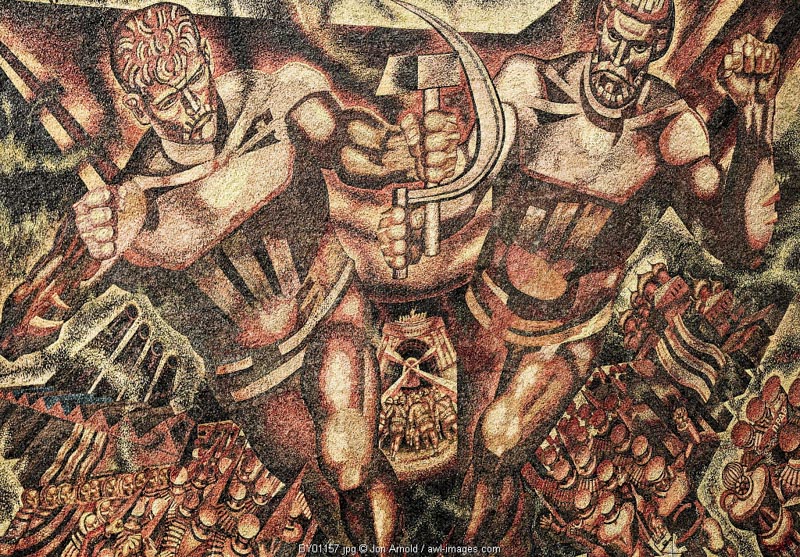
The recent history of Belarus is hard to take in. It took the brunt of the Nazi invasion of 1941 where a quarter of its population was killed or murdered, the greatest death toll of any country in WW2 by percentage of population including a total of 800,000 Jews many shot by Nazi firing squads that went from village to village killing every Jew they found. On the outskirts of Minsk by a small village on the edge of the dense forest that surrounds the city (forest covers 40% of this country) I visit a place called Maly Trostenets, a Nazi death camp – where over 75,000 men, women and children, mainly Jews, were killed, mostly by firing squads. Only 3 other Nazi death camps recorded higher numbers of deaths during WW2. The only visitors here are me, my guide and two or three of other people. Surrounded by the silent forest I try to imagine the horrors that took place here.
But Minsk is not all tragedy and Soviet repression. In fact the feel of the city during my summer visit in the gentle sunshine is rather European. From the window of my room (#1111) on the 11th floor of the Hilton I can see families in pedalos on the River Svishlach, and in the park couples strolling under the trees and friends riding bicycles. In the distance pavement cafes and bars, on a warm Friday evening, are bursting with music and conversation, and an international Jazz festival is drawing a crowd. Casinos with their neon signs attract Russian tourists from across the border and in the rooftop night club of the hotel the local fashionistas are enjoying cocktails and Asian fusion cuisine whilst checking their Instagram accounts. And in the glitzy shopping mall below people browse in both western and local stores.
In fact Minsk is more laid back than most cities in Europe; less traffic, less crime, less commercialised, and a lot less expensive; a trip across the city on the super efficient metro costs just 35¢/25p and the 40 minute taxi from the airport just $15/£10 (or via Uber only $12/£8). And although Belarus is no democracy – president Lukashenko has been in power since Belarus regained independence after the fall of the Soviet Union – this isn’t North Korea or East Germany of the 70s. I was never stopped or harassed by the police (I barely saw any) and there were no interrogations at immigration or searches at customs despite all my camera gear. In fact I was through immigration in under 5 minutes both in and out of the the country. Not quite what I expected after reading the guide book.
So Minsk has much to offer and is now accessible to even the novice traveller or apprehensive tourist, and for those who have been everywhere and are seeking a new travel experience off the beaten track I can thoroughly recommend a visit.
To see more images from Jon’s trip to Minsk go to AWL Images, the world’s leading specialist travel photo agency. Here’s the link; https://www.awl-images.com/search?s=Arnold+Minsk
